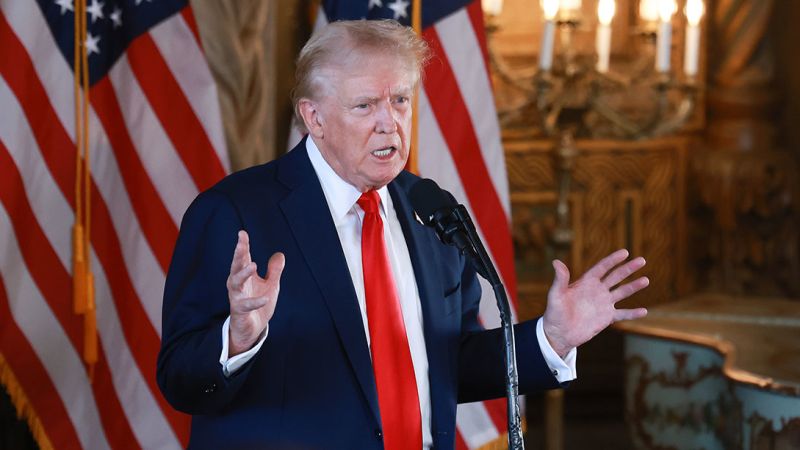Former President Donald Trump is engaged in a tight race for the White House with Vice President Kamala Harris and has been focusing on his plans for the economy in his campaign. Trump has delivered speeches centered on the economy without releasing a detailed economic plan yet. His economic priorities include lowering taxes, increasing tariffs, and lowering prices for consumers. He has criticized the Biden-Harris administration for high inflation and has pledged to bring down prices immediately. However, the tools to address rising prices unilaterally are under the purview of the Federal Reserve.
One of Trump’s economic proposals is to end federal taxes on tips, a measure that would require congressional approval. This plan could impact millions of workers in tipped occupations, with the potential to reduce tax revenue significantly. Harris has also promised to end federal income taxes on tips, drawing criticism from Trump. Trump has also proposed to end taxes on Social Security benefits, aimed at helping seniors on fixed incomes. However, this plan could have negative consequences for the popular entitlement program and the federal budget.
Another economic policy proposed by Trump is the implementation of new tariffs if he returns to the White House, including tariffs on all imports from all countries and specific tariffs on Chinese imports. Economists warn that tariffs could have negative impacts on the economy, leading to job losses, inflation, and shrinkage of GDP. Tariffs are ultimately paid by US importers rather than foreign countries. Biden has kept most of Trump’s tariffs in place and has introduced plans to raise tariffs on certain Chinese-made products.
Trump has also promised big tax cuts for people of all incomes as well as for businesses, including extending the tax cuts implemented in the 2017 Tax Cuts and Jobs Act. Extending the tax cuts would benefit high-income households significantly and increase the national debt by trillions of dollars. Trump also aims to lower the corporate tax rate to 15%, though the feasibility of such a drastic reduction is uncertain. Additionally, he plans to sign an executive order on his first day back in office to address inflation and reduce consumer prices.
In his efforts to bring down prices, Trump has mentioned eliminating costly regulations and boosting oil and gas production. However, factors such as global oil prices and geopolitical events like Russia’s war on Ukraine can impact prices at the pump in the US. Inflation has already begun to slow after reaching high levels, signaling the possibility of rate cuts by the Federal Reserve. Trump’s economic proposals have generated mixed reactions, with concerns about their potential impact on government revenue, entitlement programs, and the overall economy.


